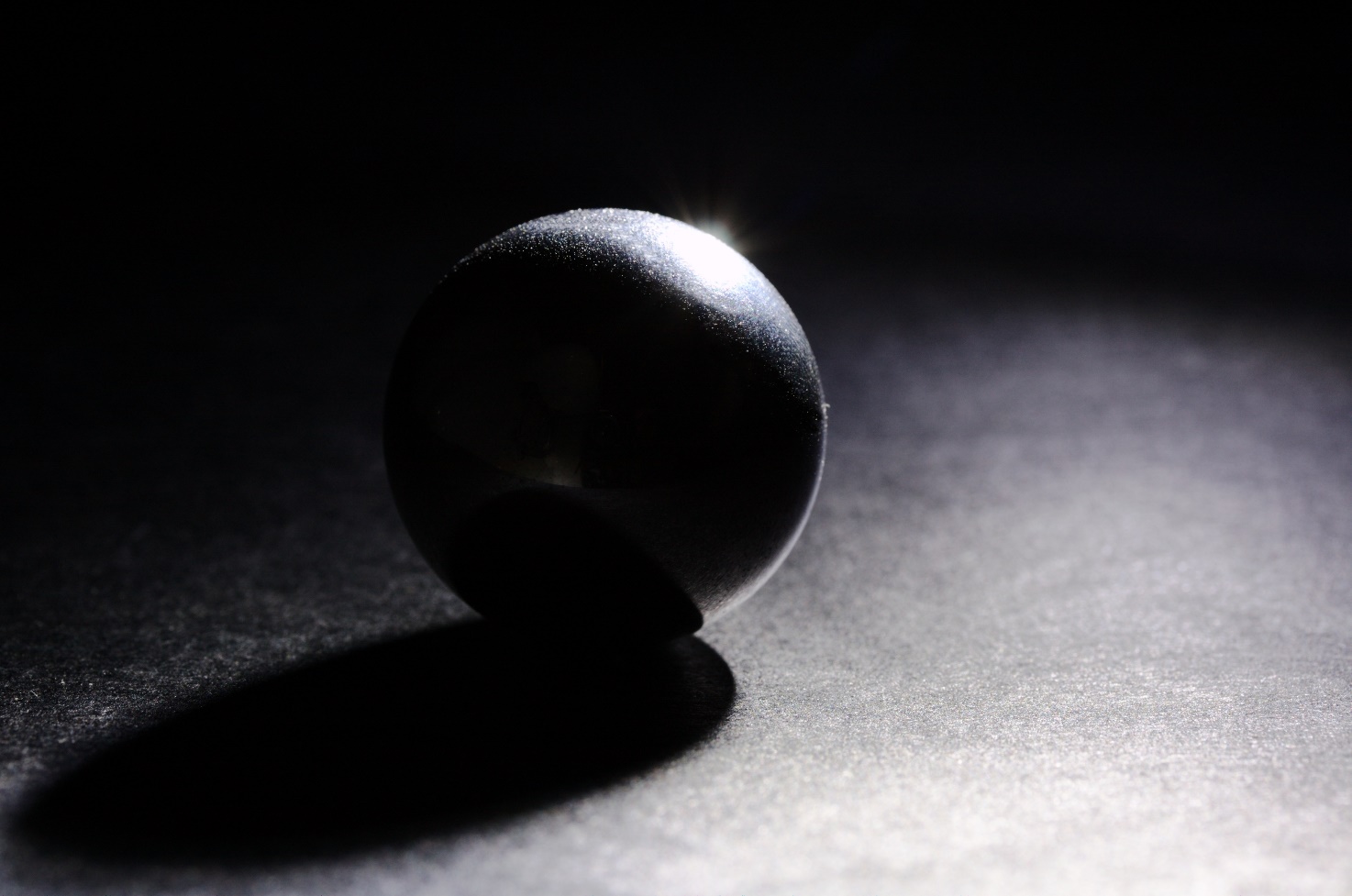Machine Vision is playing an increasingly important role in today’s production. Why? Companies are looking for methods to reduce costs in the manufacturing of a product. Due to increasing quality demands from consumers and competitors, machine vision offers a solution. The range of inspections is enormous. Whether it’s small screws, food or cars, companies can easily perform shape and dimensional inspection, surface inspection or defect detection, among other things.
However, the ambient light is not sufficient for inspecting these objects. In dark halls, with changing daylight or different light sources, there is no reliable illumination and insufficient contrast for the cameras to read inspection features or defects properly. Therefore, various types of lighting help to provide constant light and contrast conditions for Machine Vision. The light effectively highlights features of the respective object and thus enables correct inspection.
This is because features that cannot be recognised in the image cannot be evaluated by Machine Vision. In particular, it is almost impossible to recover the information in the image after it has been taken. Therefore, you should carefully consider the choice of lighting right from the start in order to keep the effort low and to avoid unnecessarily complex computing processes.
But what types of lighting are actually available for this purpose?

Background lighting
The backlighting brings the outline of the object to the fore. Although it is unsuitable for a surface inspection, it can check a wide variety of gaps in addition to checking the outline shape. Slits/crevices and holes, for example, need to be inspected for completeness when punching.
Dark field illumination
With dark field illumination, quality inspection sets the angle of illumination no higher than about 45 degrees. Due to the lateral illumination, features on the surface reflect the light back to the camera and can be seen brightly, while the rest of the surface appears darker. This allows you to identify the smallest damage, nicks, (finger) marks or dust grains.

Diffuse coaxial lighting
In order to better inspect highly reflective, shiny objects for features, diffuse coaxial illumination shines an LED light field laterally (coaxially) onto a semi-transparent mirror. It illuminates the actual object and due to the smaller shadow cast, the image is much more homogeneous. This is because less light reflects to the camera through the semi-transparent mirror. With direct illumination, on the other hand, you would not be able to identify features such as scratches at all, because the object would only dazzle the camera.
Ring light
Ring lights are inexpensive and less complicated in construction than other types of lighting. They are used for smaller illumination fields around the camera lens to ensure shadow-free lighting. For even more luminosity at a smaller, specific spot, however, Machine Vision reverts to classic spot lighting.
It turns out that the types of lighting in Machine Vision are very versatile. Depending on what you want to inspect, the respective illumination serves its specific purpose. So in quality inspection, it is always a matter of deciding which method is best suited for the feature inspections and achieves reliable results.



